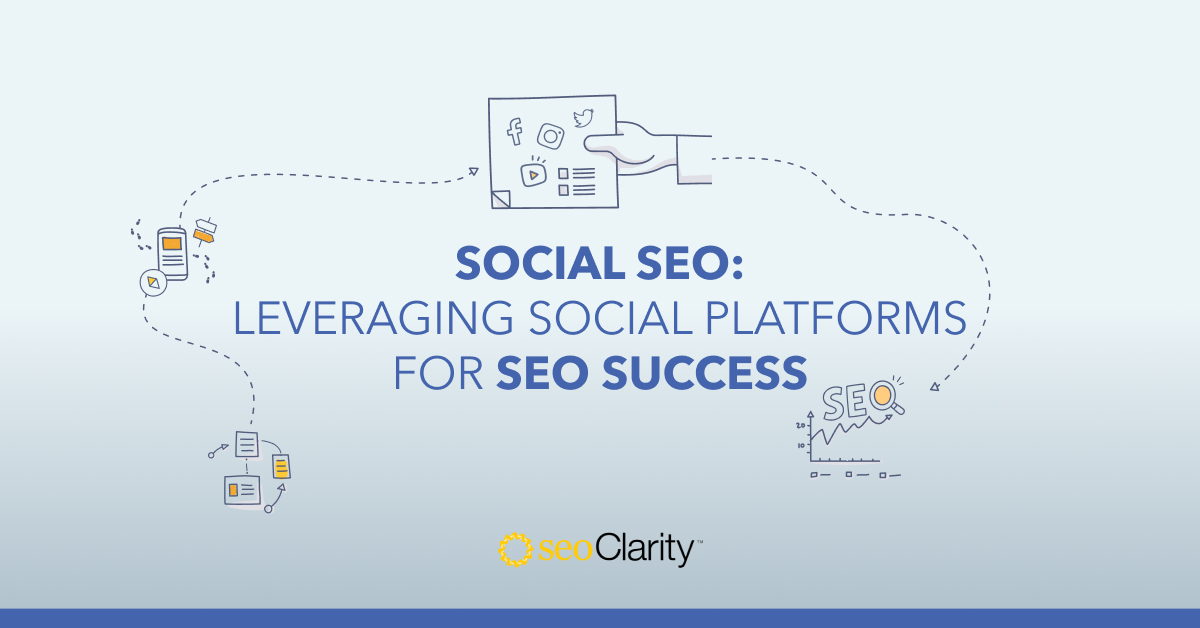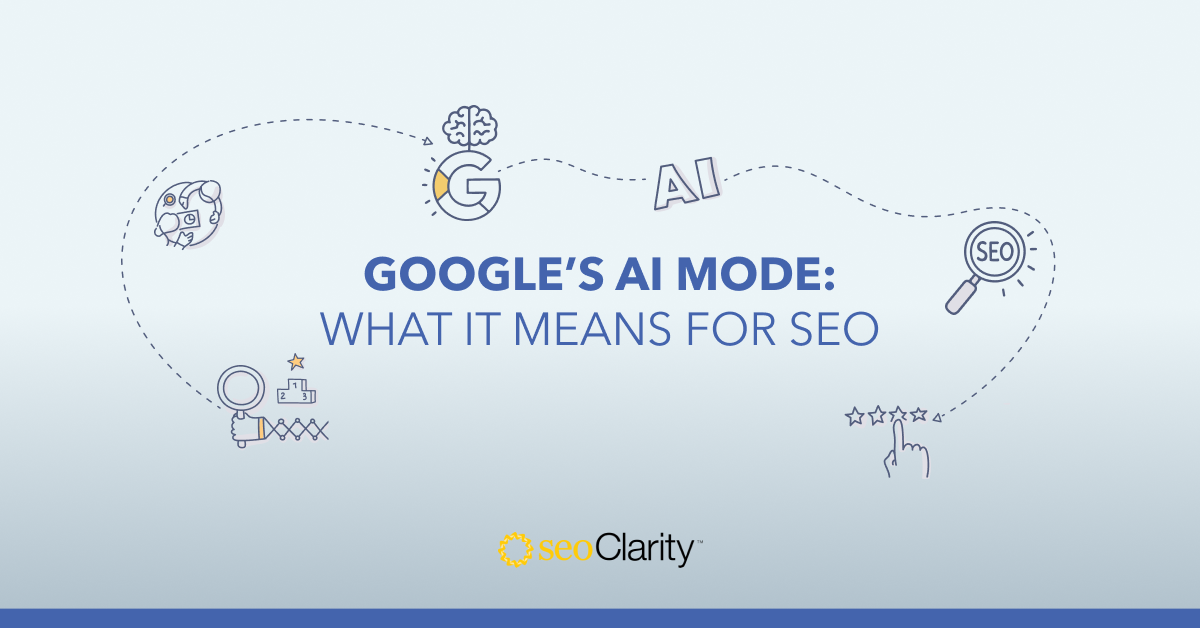AI search engines aren’t just a passing trend—they represent a transformative shift in how information is accessed, ranked, and delivered.
They’re rapidly reshaping the search landscape, influencing everything from content discovery to user behavior.
For SEOs, staying informed on their development and impact is crucial to refining strategies and staying competitive in this fast-moving digital environment.
To help you navigate this new era, here are 6 essential facts every SEO should know about AI search engines.
Table of Contents:
-
AI Search Engines Operate Differently Than Traditional Search
-
For AI Search, the Specific Wording of a Question Doesn’t Matter
1. Interest In AI Search Engines Is Growing Fast
ChatGPT has been a big deal over the past couple of years, but interest keeps climbing, especially this year. If you check Google Trends, searches for "ChatGPT" have tripled.
It’s not just ChatGPT catching attention, though. Searches for "Perplexity" have also skyrocketed over the past year.
Growth in searches for ChatGPT
Growth in searches for Perplexity
2. Traffic to Websites Is Growing Too
It’s not just interest in AI search engines that’s growing—these tools are driving real traffic to websites.
In a study we conducted, we found that between July 2024 (when ChatGPT launched its SearchGPT search engine) and January 2025, traffic from ChatGPT to our research panel clients increased from just a few thousand visits to hundreds of thousands across the hundreds of enterprise clients involved. This growth trend is expected to continue.

Here’s the catch: this traffic often flies under the radar because it shows up in the referral traffic bucket. SEOs, who are used to tracking “organic search” traffic in reports from Google and Bing, might miss it entirely since it doesn’t appear in the usual organic search data.
This is a critical insight for businesses. Traffic to websites is growing, and companies should check their referral traffic to see how much they’re getting.
For example, B2B companies see up to 30% of referral traffic coming from ChatGPT—a staggering figure.
Learn how to analyze referral traffic from AI engines and measure the precise impact of AI-driven traffic on your site with seoClarity’s end-to-end solution for AI search optimization.
3. AI Search Queries Are Much Longer and More Complex
So, interest is growing, traffic is increasing—but here’s the third big shift: AI search engines are significantly changing how people search.
Unlike traditional search engines, where users typically enter short, straightforward queries like "shoes" or "hiking boots," people are asking much longer and more complex questions on AI search engines.
For example, users might ask ChatGPT to "explain quantum computing in simple terms," "write a poem about friendship," or "help plan a five-day trip to Spain, including must-see historical sites." These queries range from conversational and creative tasks to problem-solving and factual inquiries.
This shift has major implications for SEO.
For years, SEOs have focused on targeting high-demand keywords and building pages around them. For example, if millions of people search for "shoes," you’d create a page optimized for that keyword.
But AI-driven search queries are different. They reflect a much wider variety of needs and intentions, challenging SEOs to think beyond keyword lists and focus on creating content that answers nuanced, in-depth, and highly specific questions.
This shift underscores the importance of topic clusters in SEO strategy. By creating interconnected content that addresses various related questions and themes, you increase the chances of being pulled into the AI search ecosystem.
4. AI Search Engines Operate Differently Than Traditional Search
Not only are user queries different on AI search engines, but the way these search engines function is fundamentally different from traditional platforms like Google.
When you search for something simple, like "hiking backpack," Google handles it well, offering concise suggestions based on short keywords. However, when you enter a more detailed query—like, "I’m looking for a hiking backpack for a trip to Philmont. I’m a medium frame, need at least X liters, and I’m a novice hiker"—Google struggles to provide relevant results.
In this case, Google typically returns links to existing content that closely matches the query. For example, it might pull a Reddit thread about hiking backpacks for Philmont and supplement it with forum posts from other platforms like Facebook. Essentially, Google processes your query as one long string and tries to match it to web pages that are already out there.
AI search engines, on the other hand, break down the search into smaller, more specific sub-queries. For example, a query like the one above might be deconstructed into:
- Best hiking backpacks
- Top hiking backpacks for Philmont
- Hiking backpacks for beginners
The AI then performs these smaller searches, retrieves information from various sources (often traditional search engines), and combines the results into a cohesive, summarized response.
This allows AI search engines to deliver highly contextual and actionable answers that traditional search engines can’t.
Google, in its current form, simply presents the best available web pages, while AI search engines interpret, research, and synthesize the information for the user.
That being said, Google has started incorporating similar functionality, such as AI Overviews, to provide direct answers to more nuanced queries. However, these efforts still rely heavily on presenting source-based snippets rather than fully synthesizing data like dedicated AI search platforms.
This difference in how they operate is why AI search engines are so effective, especially for handling complex or highly specific queries. They’re not just retrieving information—they’re analyzing and curating it to create an optimized user experience.
5. AI Search Engines Still Rely on Traditional Search Engines
Which brings us to one of the most significant insights: AI search engines still depend on traditional search engines to retrieve results.
While AI-powered search engines excel at deconstructing complex queries and summarizing answers, they rely heavily on traditional search engines to provide the underlying information. Our research on AI Overviews shows that over 77% of the sources cited in AIOs come exclusively from the top 10 ranking results for individual sub-queries.
This means that AI-driven search is still deeply tied to the principles of traditional SEO. If your site ranks in the top 10 for relevant queries, it’s far more likely to be included in AI search summaries.
The game hasn’t changed entirely—it’s evolved. Now, instead of optimizing solely for short, high-demand keywords like "shoes" or "Nike shoes," businesses must consider a broader range of complex, multi-dimensional queries. This further emphasizes the increased importance of creating comprehensive, interconnected topic clusters in order to get featured in AI search engine results.
6. Bing Powers OpenAI and Perplexity
Many businesses overlook Bing in favor of Google when it comes to tracking rankings. However, Bing now serves as the primary search engine powering OpenAI and Perplexity.
With its growing influence in AI-driven search, it’s more critical than ever to monitor your site’s performance on it.
In addition to tracking rankings, it’s crucial to ensure that Bing is indexing your content. Since Bing’s indexing is foundational for the search results of OpenAI and Perplexity, your content likely won’t get included in their results if it isn’t indexed by Bing.
With Bot Clarity from seoClarity, you can track whether Bing, OpenAI, and Perplexity are crawling and indexing your content. It shows exactly which pages are indexed, helping you quickly spot and fix any issues to keep your content visible across AI search engines.
7. For AI Search, the Specific Wording of a Question Doesn’t Matter
Unlike traditional keyword-based search engines, large language models (LLMs) understand semantic meaning, not just strings of words. That means whether a user asks, “What are the best SEO reporting tools?” or “Which platforms are ideal for enterprise SEO reporting?”—the LLM will understand both queries as essentially the same.
This represents a major shift in how SEOs should think about optimization. Instead of targeting specific keywords, focus on creating content that clearly and comprehensively addresses the core intent behind the question.
For example, if your content answers what makes an SEO reporting platform valuable, what features to look for, and how to evaluate them, it stands a good chance of being mentioned or cited regardless of how the user phrases the question.
8. AI Search Visibility Requires Continuous Monitoring
Unlike traditional SERPs, where rankings are relatively stable, AI search responses are highly dynamic—visibility can change from one day to the next depending on query structure, citation updates, or model behavior.
This is because AI search engines like ChatGPT are not solely accessing top ranked pages from the traditional search engines—they’re actively crawling the web and making independent determinations about which content to surface.
Data from Cloudflare Radar shows a noticeable increase in the activity of AI bots crawling websites. The chart below offers a visual representation of how frequently AI search engines are accessing web content:
This increase signals that AI engines are building their own understanding of web content—not just relying on search engines to surface it. This makes long-term tracking and trend analysis essential.
Action Tip: Develop a consistent monitoring framework to track AI search visibility across top questions for your priority topics and look for statistical trends over time.
9. AI Search Engines Evaluate Content at the Paragraph Level
We’ve observed that AI engines typically interpret content at the paragraph level. As such, each paragraph should clearly express one idea and stand alone with enough context to be valuable on its own. This increases the chance of being cited, even if only a portion of your content matches the user's need.
Optimization Tip: Break down long sections into standalone paragraphs and avoid vague references—use specific, self-contained phrasing wherever possible.
10. External Brand Mentions May Impact AI Search Visibility
While not definitively proven, our observations across multiple industries suggest a strong correlation between brand mentions in third-party content and inclusion in AI-generated search results.
AI engines—especially ChatGPT and Perplexity—frequently surface content from curated sources like comparison posts, listicles, and “best of” roundups. These appear to play a significant role in responses to commercial-intent prompts like “Best moisturizers for dry skin” or “Top-rated wireless earbuds.”
Even if your own content is comprehensive and highly authoritative, it may still be overlooked by AI engines if your brand isn’t being referenced elsewhere. That’s why it’s worth monitoring which sources are being cited in your space—and considering outreach to relevant third-party publishers to boost your presence.
seoClarity’s AI Search Visibility allows you to identify which third-party domains are being cited in responses to high-value prompts. Then:
- Audit your presence: Are you mentioned? If not, why?
- Prioritize outreach: Contact authors or publishers with a clear value proposition for including your solution.
- Leverage your expertise: Provide quotes, product details, or fresh data to increase your chances of being cited.
Conclusion:
AI search engines are revolutionizing how users search for information, shifting the landscape of content discovery, traffic patterns, and SEO strategy.
Their growing popularity, unique query structure, and reliance on traditional search engines present both opportunities and challenges for businesses.
To stay competitive, SEOs must adapt by focusing on nuanced, high-quality content, monitoring referral traffic from AI engines, and leveraging strategies like topic clusters to capture AI-driven visibility. By embracing these changes, SEOs can position their sites to thrive in the evolving world of AI-powered search.
<<Editor's Note: This post was orignally published on January 2025 and has since been updated.>>







Comments
Currently, there are no comments. Be the first to post one!